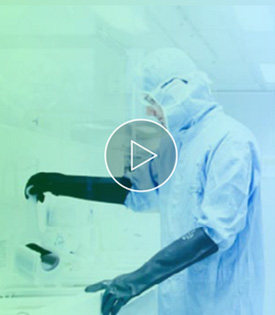ARRDC1, ARRDC2 (which exists as multiple alternatively spliced isoforms), ARRDC4 and ARRDC5 are arrestin domain-containing proteins that are encoded by genes which map to human chromosomes 9, 15 and 19. Chromosome 9, on which the ARRDC1 gene is localised, contains 145 million base pairs and comprises 4% of the human genome, encoding nearly 900 genes. Hereditary hemorrhagic telangiectasia, which is characterised by harmful vascular defects, and Familial dysautonomia, are both associated with chromosome 9. Notably, chromosome 9 encompasses the largest interferon family gene cluster. The ARRDC2 and ARRDC5 genes map to chromosome 19, which consists of over 63 million bases, houses approximately 1,400 genes and is recognised for having the greatest gene density of the human chromosomes. Unlike other ARRDC genes, the ARRDC4 gene maps to human chromosome 15, which houses over 700 genes and comprises nearly 3% of the human genome. Angelman syndrome, Prader-Willi syndrome, Tay-Sachs disease and Marfan syndrome are all associated with defects in chromosome 15-localised genes.
Type: Primary
Antigen: ARRDC2
Clonality: Polyclonal
Clone:
Conjugation: Cy7
Public Immunogen Range: 145-250/407
Host: Rabbit
Isotype: IgG
Reactivity:
